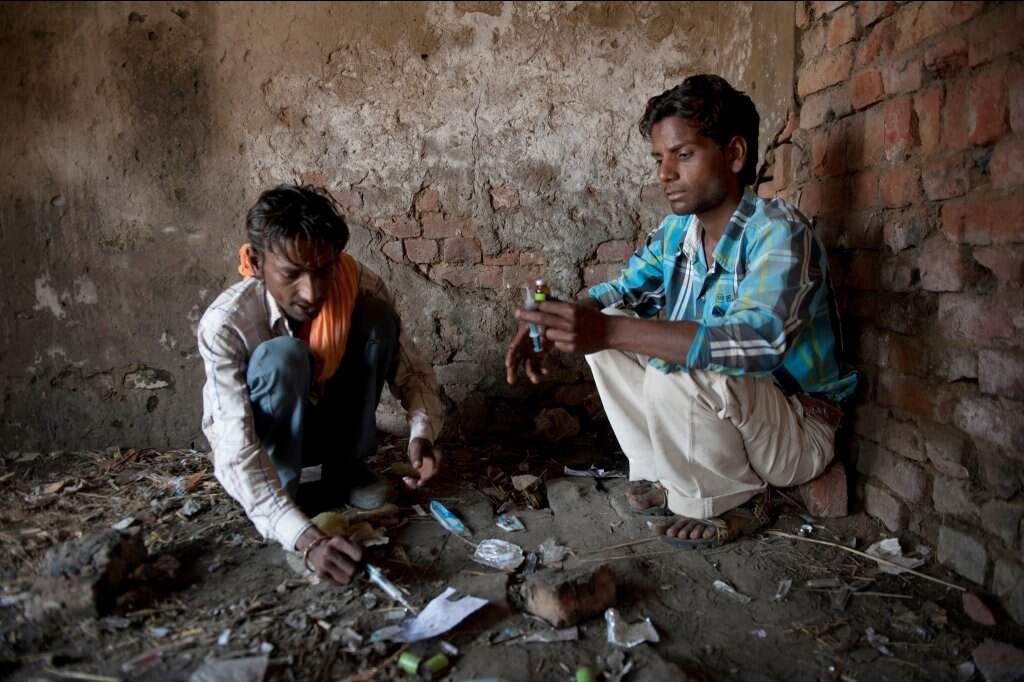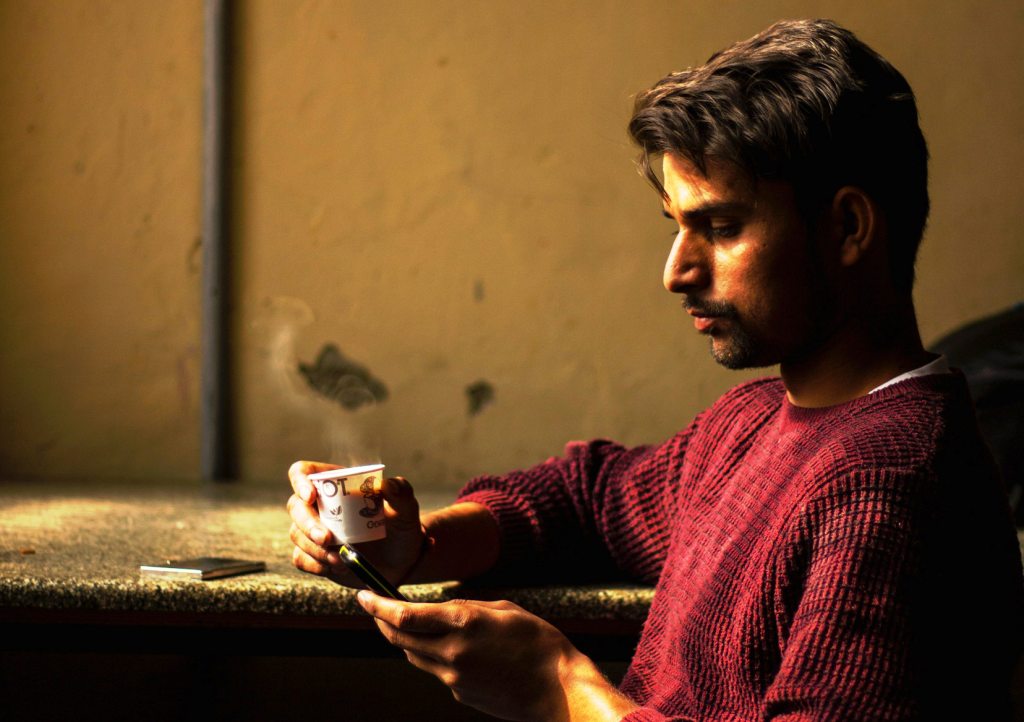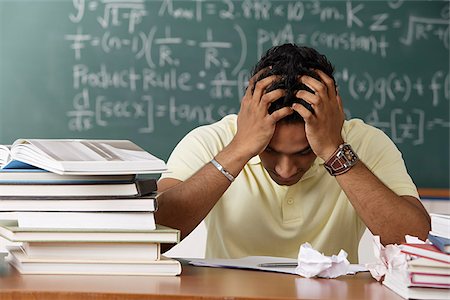India is home to the largest youth population of the world. As on date at least 65% of the country’s population is under the age of 35, which is over 800 million people. The young populace is certainly a substantial factor contributing to the country’s financial, cultural, and political progress. A growing youth population is also crucial as it encourages innovation and creativity, thereby leading to substantial financial benefits.
However, there are certain problems which India’s youths are facing today, such as unemployment, underemployment, inflation and drug addiction. Here’s taking a look into the problems bugging the youth of today.
Unemployment
Unemployment is the biggest problem for India’s youth: survey
As per a survey by Lokniti-CSDS in 2023, nearly 36% Indians in the 15-34 year age group believe unemployment is the biggest problem in the country.
“Prime Minister Narendra Modi’s BJP, widely expected to return to power for a third straight term, had promised to create more jobs when elected in 2014. Despite that promise, the unemployment rate over recent years indicates not enough jobs have been added to make a significant difference. Periodic Labour Force Survey data showed the unemployment rate which stood at 3.4% in 2013-14 was only marginally lower at 3.2% in 2022-23,” says a Reuters report published in April this year.
36% of IIT Bombay graduates not placed this year: Media Reports
In a major setback for graduation students seeking employment, shocking media reports emerged in April this year claiming that at least 36% of IIT Bombay graduates have failed to get placement this year. Reports further claimed that Students at the tail-end are being offered as low as Rs 10 lakh annual packages. However, IIT Bombay in an official statement denied this claim.

Over 80% of India’s unemployed workforce is youth: International Labour Organization
According to a report released by the International Labour Organization (ILO) in the last week of March, more than 80 percent of India’s unemployed workforce comprises its youth. ‘The India Employment Report 2024,’ jointly released by the ILO and the Institute of Human Development (IHD), said that the proportion of young individuals with secondary education or higher, among the total unemployed youth surged from 35.2 per cent in 2000 to 65.7 per cent in 2022.
“The youth unemployment rate increased more than twofold between 2000 and 2019, from 5.7 per cent to 17.5 per cent, but then decreased to 12.4 per cent in 2022… Young women were much more likely to not be in employment, education or training than young men, and this was especially pronounced among the older youths (aged 20–24 and 25–29) than the younger ones (aged 15–19) in 2022,” the report said.
Employment in India remained mostly self-employed and casual employment between 2000 and 2022, according to the report. Nearly 90 per cent of the workforce is engaged in informal employment. “Worse, there has been a rise in contractualisation, with only a small percentage of regular workers covered by long-term contracts,” it says.
Inflation
As per the Lokniti-CSDS Pre-Poll Survey 2024, which evaluated feedback from a comprehensive sample of 10,019 respondents in 19 different states across India, inflation is one of the crucial factors for Indian voters.
A significant 26 per cent of respondents attributed responsibility to Central Government policies, while only 12 per cent reserved blame for their respective state governments while a substantial 56 per cent held both levels of governance accountable. Around 71 per cent voters have reported detrimental effects on their financial status as reflected by increased commodity prices.
“India has also faced inflationary pressures over the years, influencing the current unemployment rate in India. High inflation rates can erode the purchasing power of consumers, leading to reduced demand for goods and services. This can have a cascading effect on businesses, resulting in cost-cutting measures, including layoffs and hiring freezes, leading to higher unemployment rates,” as per a Forbes India report published in February, this year.
Lower disposable income
“High inflation has resulted in lower disposable income among the youths. If you see in the last few of years, from food to fuel, from beauty parlour bill to restaurant menu to fresh fruits and groceries, the price of everything has gone up and considerably. Products and services everything has become so expensive that now we don’t have much money left after paying our taxes and all the monthly expenses because our salary didn’t increase as much,” Avirupa Bhattacharya, a Kolkata-based banker told The CSR Journal.
Drug Addiction among India’s youth
At least 1.58 crore children aged between 10 and 17 years are addicted to substances in the country, the Government of India informed the Supreme Court in December, 2022. Citing data from a survey conducted following a top court order, it said alcohol is the most commonly used psychoactive substance by the Indians followed by Cannabis and Opioids. About 16 crore people consume alcohol and more than 5.7 crore individuals are affected by harmful or dependent alcohol use and need help.

“In India an NGO survey revealed that 63.6 % of patients coming in for treatment were introduced to drugs at a young age below 15 years. According to another report 13.1% of the people involved in drug and substance abuse in India, are below 20 years. Heroin, Opium, Alcohol, Cannabis and Propoxyphene are the five most common drugs being abused by children in India.
A survey shows that of all alcohol, cannabis and opium users 21%, 3% and 0.1% are below the age of eighteen. An emerging trend about child drug abusers is the use of a cocktail of drugs through injection, and often sharing the same needle, which increases their risk of HIV infection. Overall 0.4% and 4.6% of total treatment seekers in various states were children,” according to Child Line India.
Increased screen time/Social Media addiction
Mumbai-based Psychiatrist Dr Harish Shetty highlights how youngsters keep scrolling YouTube, Instagram and Facebook for videos, reels etc. and these platforms are very “addictive”. According to the Psychiatrist, social media or gadget addiction leads to disconnection, alienation and anger. He points out a very dangerous reality saying this addiction is making us oblivious to our friends, family and acquaintances where we wish someone on their birthday on social media platforms without even knowing that the person is no more.

“Addiction to online games has also gone up since the pandemic. Prolonged hours of sitting at work or to watch content or play games at the computer, TV or phone has affected our body badly resulting in problems like upper back, lower back and tailbone pain. Confinement and lack of movement has made a lot of youngsters lethargic which is an obstacle in their way of getting back to regular routine in the present time. Due to this lethargy, we now prefer to search for things online more than physically going to shops to buy the same,” expressed Abhilasha Chatterjee, Human Resource manager in a top IT firm.
Mental Health issues among India’s youth
More than 50 per cent of the youth (18-24 years old) in India have poor mental health, according to a report by Sapien Labs Centre for the Human Brain and Mind. The report, titled ‘Mental State of India: Internet-enabled Youth’, notes that the mental health of young people in the country has deteriorated during the pandemic. The report is based on information collected from 1,06,427 respondents who had access to the Internet between April 2020 and August 2023. The report showed that 51 per cent of youth were distressed or struggling in 2023.
Students’ suicide in India
According to Chennai-based consultant psychiatrist Dr. Lakshmi Vijayakumar, “Unfortunately, 41% of all suicides are by young people below the age of 30. Suicide is the leading cause of mortality for young women in India. A young Indian dies by suicide every eight minutes, which is a loss to family, society, the economy and future of the country. Suicide in the young is a major public health problem in India.”
“It is estimated that 6-7% of the population suffers from mental health disorders, according to the National Mental Health Programme (NMHP). Most mental health issues are being faced by the youth with as many as 35 students dying by suicide every day in the country,” says an India Today report.

In year 2022, 1.71 lakh people in India ended their lives by suicide as per data from the National Crime Records Bureau (NCRB). Data from the national suicide prevention strategy shows that suicide rates in India have increased from 9.9% in 2019 to 12.4% in 2022.
In 2023, media reports highlighted an alarming trend of students’ suicides in Rajasthan’s Kota. These are bright youngsters preparing for examinations like NEET, UPSC and JEE.
Obesity
An analytical report published in reputed medical journal ‘The Lancet’ ahead of World Obesity Day (4th March) reveals that India held the 182nd rank out of 197 countries for the prevalence of obesity in women and 180 for men in 2022. Our nation has ranked 174 in the world for both girls and boys.
The report further revealed that 12.5 million children (7.3 million boys and 5.2 million girls) in India, aged between 5 and 19 years, were grossly overweight in 2022, up from 0.4 million in 1990. The study reveals that 44 million women and 26 million men aged above 20 in India were found to be obese, as compared to 2.4 million women and 1.1 million men being obese in 1990.
In an alarming development, obesity has been increasing over the past decade, particularly in urban areas, according to the National Family Health Survey (NFHS). In NFHS-5 (2019-21), which is the most recent edition of the survey released in 2022, almost one-third of the population was overweight or obese when compared to a little over one-fifth in the previous survey. A total of 30.1 per cent of 27,941 women and 30.9 per cent of 3,746 men surveyed were overweight or obese.

Poor dietary choices, characterised by high consumption of refined carbohydrates, sugars, and fats, contribute significantly to obesity. Instant food delivery apps have become a go to thing for young people in India, especially those who are living away from home due to education or profession. Eating outside food exposes a person to spicy and oily food, which is not good for health and also significantly contributes to weight gain.
Consumption of junk and processed food, eating at odd hours, hours of sitting at work and an overall sedentary lifestyle has contributed significantly to obesity among India’s youth. Weight around the middle of the body (torso) is also increasing, resulting in the rise of several diseases, such as high blood pressure and diabetes among Indians. Increased consumption of processed foods rich in carbohydrates, decreased physical activity and increased stress are major contributing factors.
Ahana Bhattacharya can be reached at ahana@thecsrjournal.in


